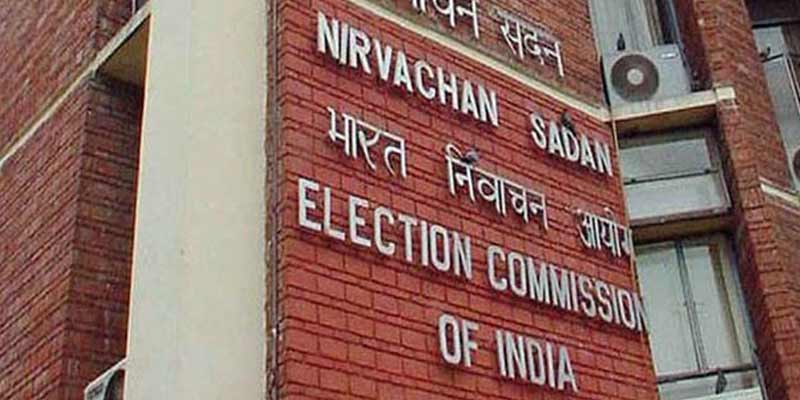- India
- May 06
Explainer / Delimitation in J&K
The Delimitation Commission on Jammu & Kashmir notified its final report giving six additional Assembly seats to Jammu region and one to Kashmir Valley and bringing areas of Rajouri and Poonch under the Anantnag Parliamentary seat.
Out of the 90 Assembly constituencies, 43 will be part of Jammu region and 47 of Kashmir keeping in view the provisions of Section 9(1)(a) of the Delimitation Act, 2002 and Section 60(2)(b) of Jammu & Kashmir Reorganization Act, 2019.
Earlier, the erstwhile Assembly had 87 seats — 46 in Kashmir, 37 in Jammu 37 and four in Ladakh.
What is delimitation?
Delimitation means the process of fixing limits or boundaries of territorial constituencies in a country or a province having a legislative body.
The job of delimitation is assigned to a high power body. Such a body is known as Delimitation Commission or a Boundary Commission.
Delimitation Commissions have been constituted in the past:
• In 1952 under the Delimitation Commission Act, 1952
• In 1963 under Delimitation Commission Act, 1962
• In 1973 under Delimitation Act, 1972
• In 2002 under Delimitation Act, 2002.
The Delimitation Commission in India is a high power body whose orders have the force of law and cannot be called in question before any court. These orders come into force on a date to be specified by the President of India on this behalf. The copies of its orders are laid before the House of the People and the State Legislative Assembly concerned, but no modifications are permissible therein by them.
Delimitation in Jammu & Kashmir
• Delimitation in Jammu & Kashmir is being carried out as per the provisions of J&K Reorganisation Act, 2019 that split the state into two UTs of Jammu & Kashmir with an Assembly and Ladakh without an Assembly.
• Set up in March 2020, the Delimitation Commission is mandated to redraw the constituencies of Jammu & Kashmir which at present is under central rule.
• The panel is headed by Justice Ranjana Prakash Desai, a retired Judge of the Supreme Court of India.
• The other two ex-officio members were Chief Election Commissioner Sushil Chandra and Jammu & Kashmir Election Commissioner K.K. Sharma. Five Lok Sabha members — three from the National Conference and two from the BJP — were Associate members to the Commission.
• The delimitation is based on the Census of 2011 due to an amendment in the J&K Reorganisation Act.
• The Assembly seats in the erstwhile state of Jammu & Kashmir were last delimited in 1995 based on the 1981 Census.
Key changes
• Out of the 90 Assembly constituencies, nine have been reserved for Scheduled Tribes (STs) — six in Jammu and three in the Valley. Seven have been reserved for Scheduled Castes (SCs).
• There are five Parliamentary constituencies in the region. The Delimitation Commission has seen Jammu & Kashmir as a single entity for purposes of the delimitation. Therefore, one Parliamentary constituency has been carved out combining Anantnag region in the Valley and Rajouri & Poonch of Jammu region. By this reorganisation, each Parliamentary Constituency will have an equal number of 18 Assembly constituencies each.
• Names of some Assembly seats have been changed keeping in view the demand of local representatives and public sentiment. Tangmarg has been renamed as Gulmarg assembly seat, Zoonimar as Zaidibal, Sonwar as Lal Chowk, Padder as Padder-Nagseni, Kathua North as Jasrota, Kathua South as Kathua, Khour as Chhamb, Mahore as Gulabhgarh, Darhal as Budhal.
Manorama Yearbook app is now available on Google Play Store and iOS App Store


